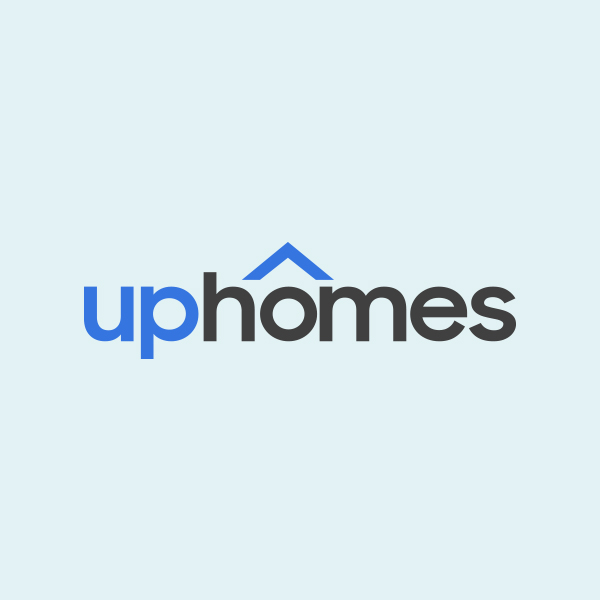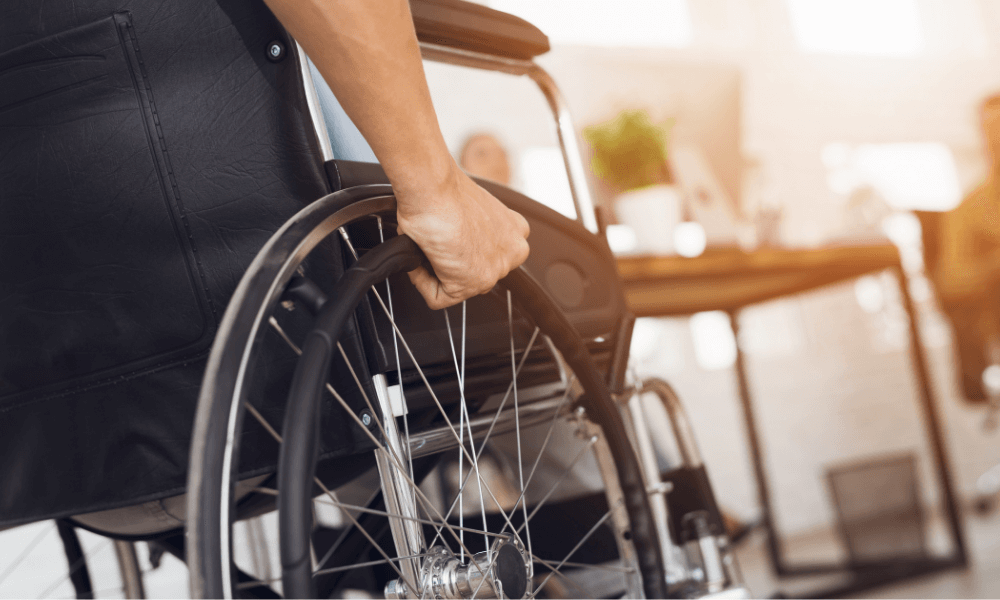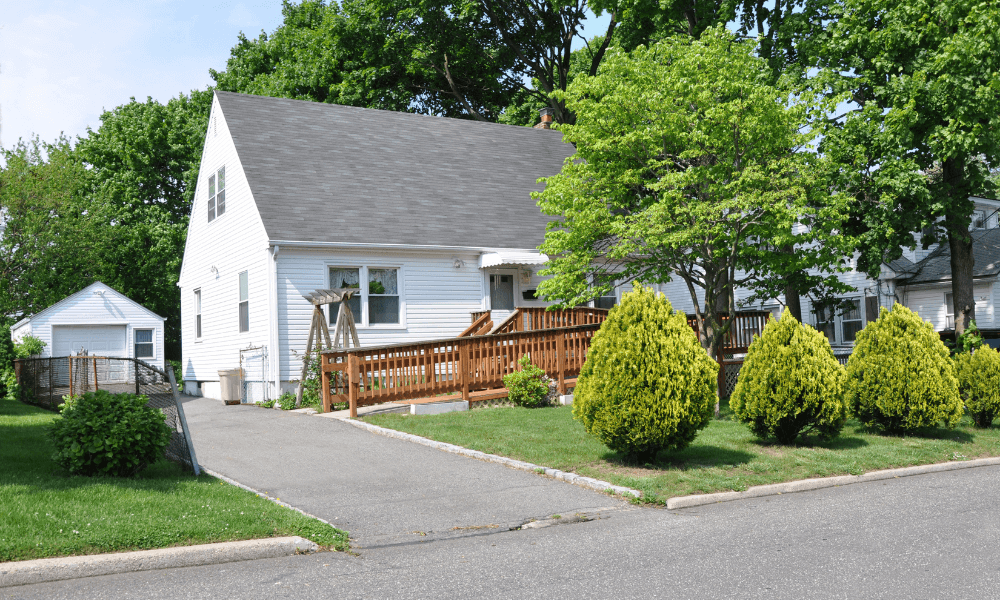March 11th, 2021
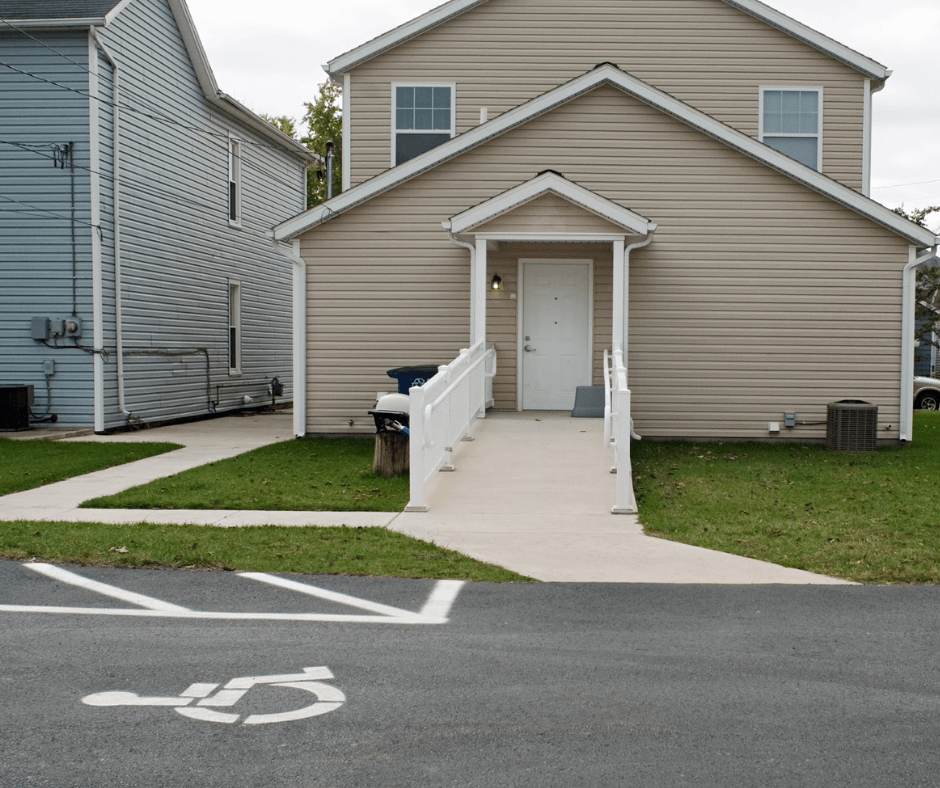
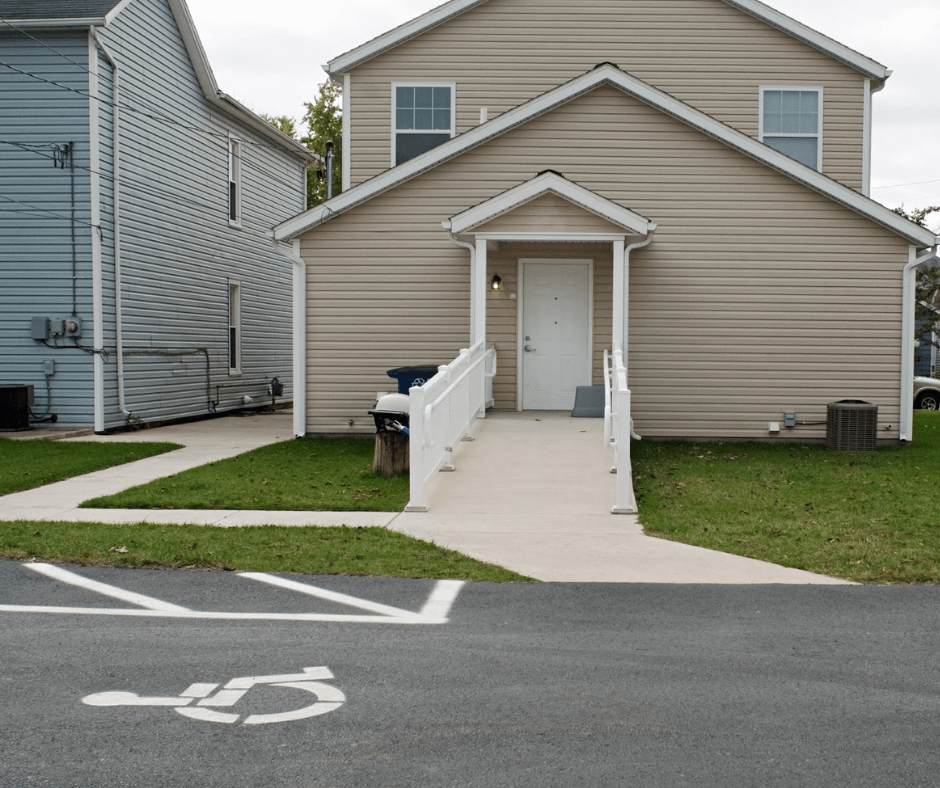
Resource Guide for Homebuyers With Disabilities
Purchasing a home is a life-changing event that can be stressful — particularly if you must get a home that provides specific accommodations for a disability. If you are a first-time homebuyer, you may look into additional resources and programs specifically for first-time home buyers. You may consider using a mortgage calculator to consider how your monthly mortgage payments will fit into your budget. If you are an individual with disabilities there may be additional considerations you need to make, on top of all the usual things to look for when home shopping.
This may include considering how your new home will meet your personal needs. Additionally, you will need to consider the importance of the location of the home in proximity to certain amenities and services you may regularly utilize, such as public transportation or local pharmacies. You will also need to consider other aspects of the home, which may include the physical layout and accessibility — or whether the home can be renovated to incorporate necessary accommodations.
While considering the accessibility of a home, you have a few choices. You may choose to work with a professional real estate service to purchase a home that is already built, and you will need to prepare to make any necessary modifications for accessibility. Or, you may choose to break ground with new construction for the ability to customize a home to meet your personal needs. Purchasing a new construction home may also be a great option, as they may have more open and desirable floor plans that have been designed with accessibility in mind, or you may be able to ask for changes to the floor plan and features before the construction is completed. This guide will offer resources for finances and information that you will need to know and may use in the process of purchasing a home.
Can I Buy a Home on Disability Income?
Receiving Social Security Income (SSI) and Social Security Disability (SSDI) do not prohibit you from purchasing a home. However, there are a few things to consider. SSI beneficiaries have a cap on the assets they own to continue to receive SSI. The cap is $2,000 for an individual and $3,000 for a couple. Items that do not count towards the cap — or resource limit — include:
-
The home and land you live on and own.
-
Owning one vehicle.
-
Household goods and personal effects.
-
Life insurance policies with a combined face value of $1,500 or less.
-
Individual burial funds for you and a spouse that do not exceed $1,500.
-
Property used by you or your spouse for your job or business.
-
Money set aside in a Plan to Achieve Self-Support (PASS) plan.
So, in general, purchasing a home with Social Security is not an issue, as long as you do not obtain enough assets or property to limit your ability to remain eligible. This may include needing to sell other properties that you may own, but do not live on.
If you receive Social Security Disability benefits (SSDI), there is no asset limit, so your eligibility to continue receiving benefits would not be in jeopardy. However, due to income restrictions to maintain eligibility for SSDI benefits, you may not meet income requirements for some mortgage lenders. There are, however, major home lending programs that do allow and qualify individuals with SSI and SSDI benefits. These programs will be explored in the following sections.
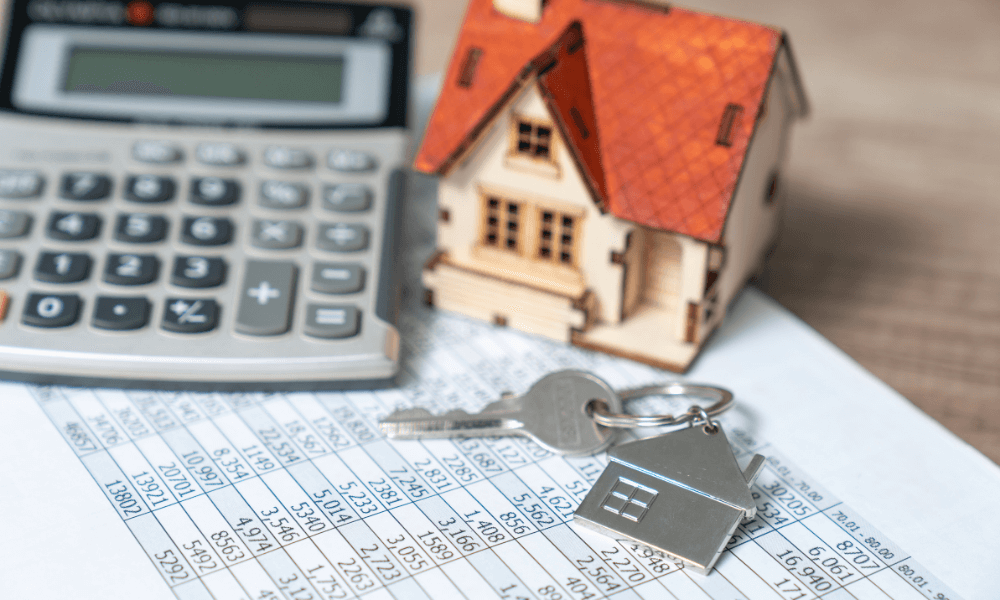
Mortgage Programs for People with Disabilities
There are special mortgage programs in place for people with disabilities, or family members/caretakers/able-bodied people who live with or are purchasing a home for a person with disabilities. If you or the person who you intend to purchase the home for receives government disability income, it is essential that you keep updated records and documentation of the SSI or SSDI. This will include either:
-
The Social Security Administrator’s (SSA) Award Letter.
-
Proof of current receipts of benefits.
If the person purchasing the home is not the person receiving Social Security benefits — a parent or sibling purchasing a home for a child/sibling with disabilities, as an example — you will need to provide proof that the SSI/SSDI will continue for a minimum of three years. This can be done by verifying the recipient’s age. The following programs may have individual requirements that differ. These requirements may hinge on:
-
Who will own and occupy the property.
-
How the occupant will pay the mortgage.
-
If the program is a federal, state, or local program.
Housing Choice Voucher (HCV) Homeownership Program
The Housing Choice Voucher homeownership program allows those who participate in the program to use their voucher to buy a home and receive monthly assistance for meeting homeownership expenses. This program is not offered by every Public Housing Agency (PHA), and each PHA has the discretion to implement the HCV homeownership program in their jurisdiction.
You must use the HCV enrollment report to see if there are PHAs that accept the HCV homeownership program in your area. You may also find PHA contact information by visiting the Department of Housing and Urban Development (HUD) PHA contact page and clicking on your state with the interactive map.
To be eligible for the program, you must meet the following requirements and obligations:
-
You may be subject to specific income and employment requirements.
-
You must be a first-time homebuyer as defined by the regulation.
-
You must complete the required pre-assistance homeownership and housing counseling program.
-
You must verify and submit all information the PHA or HUD determines necessary. This may include, but is not limited to:
-
Social Security numbers.
-
Employer identification numbers.
-
Consent forms for obtaining information.
-
Evidence of citizenship or immigration status.
-
Progress reports on finding and purchasing a home.
-
Select and pay for pre-purchase inspections of the home.
-
Provide copies of contracts and documentation to the PHA.
Federal Housing Administration
The Federal Housing Administration (FHA) offers mortgage insurance applied to a loan that is offered by an FHA-approved lender. FHA loans are designed for low-to-moderate-income borrowers, including people with a disability who receive disability income — both SSDI and private disability income. It is important to understand that the FHA does not provide you with a loan or lend you money, but instead guarantees the loan to an FHA-approved lender. The FHA mortgage insurance guarantees the loan, providing the lender with protection against losses such as if the property owner defaults on the loan.
The requirements for FHA mortgage insurance include:
-
A 3.5% down payment for a FICO score of 580 and above.
-
A 10% downpayment for a FICO score of 500-579.
-
A Debt-to-Income Ratio that is less than 43%.
-
The home must be the primary residence of the borrower.
-
Borrowers must have proof of steady income and, when applicable, employment.
If you receive disability income, you will need to provide proof of your disability income in at least one, if not more of the following ways:
-
Tax returns that show a history of receiving benefits.
-
A bank statement proving deposits of disability benefits.
-
A copy of the budget or benefits letter from the SSA.
-
A copy of the SSA 109.1042S form.
To apply for FHA loan insurance, you can visit the FHA Loan page, indicate that you are purchasing a home, indicate the zip code of the property, and provide answers to any necessary questions. You may also consider visiting the HUD Lender List Search to find a qualified and approved lender that will assist you throughout the process of applying and purchasing a home.
Fannie Mae HomeReady Mortgage Loan
A Fannie Mae HomeReady Mortgage does not offer you a loan directly but backs the loan as a conforming loan to provide access to low-down-payment mortgages. The benefits of utilizing a Fannie Mae HomeReady Mortgage Loan include:
-
Requiring as little as 3% of a down payment.
-
Mortgage-qualification aids such as lower debt-to-income requirements.
-
Flexible funding that allows for funding for the down payment to come from a variety of sources, including:
-
Gifts.
-
Grants.
-
Community funding.
-
Affordable mortgage insurance.
-
Lenient credit evaluations.
To qualify for a Fannie Mae HomeReady Loan your lender will need to determine the borrower and loan eligibility for your area. You may use the Fannie Mae Area Median Income Lookup Tool to get an estimate for where you intend to purchase a home. Fannie Mae HomeReady Mortgage Loans are available for first-time homebuyers as well as people who have previously bought a home. If you are a first-time homebuyer, you will need to complete the Framework online education courses.
USDA Single-Family Housing Direct Home Loans
USDA Single Family Housing Direct Home Loans assist low-income buyers, including people with disabilities, through payment assistance that increases a borrower’s repayment ability for a mortgage. Payment assistance for a Single Family Housing Direct Home Loan is a specific type of subsidy that reduces the mortgage payment for a short time. The amount of payment assistance is determined by the adjusted family income.
Eligibility for applicants for USDA Single-Family Housing Direct Home Loans include:
-
Being without decent, safe, and sanitary housing.
-
Being unable to obtain a loan from other resources on terms and conditions that can reasonably expect to be met.
-
The agreement that the property will be occupied as your primary residence.
-
Having the legal capacity to incur a loan obligation.
-
Meeting citizenship or noncitizenship requirements.
-
No suspension or debarred status from participation in federal programs.
-
Meet income eligibility requirements for a direct loan for your state.
Additional to the eligibility requirements of the person, the properties financed with direct loan funds must meet the following requirements:
-
Generally, the property must be 2,000 square feet or less.
-
Not have a market value in excess of the applicable area loan limit.
-
Not have in-ground swimming pools.
-
Not be designed for income-producing activities.
Typically, no down payment is required, though applicants with assets higher than the asset limits may be required to use a portion of those assets. The interest rate will be a fixed interest rate based on current market rates at the time of loan approval, or loan closing, whichever is lower. The payback period for the term of the loan is typically 33 years, though it may be extended to 38 for very low-income applicants that cannot afford the 33-year loan term.
To apply for the Housing Direct Home Loan program you will need to select your location to receive the state-specific forms and resources to complete your application. You may also choose to utilize additional resources such as the:
VA Home Loans for Veterans With Disabilities
The U.S. The Department of Veteran Affairs provides a VA home loan guarantee benefit as well as other housing-related programs to build, buy, repair, or adapt a home to meet the needs of the veteran. Additionally, the VA offers adapted housing grants that help veterans with a permanent and total service-connected disability to purchase, build, or modify an existing home to meet their disability needs.
To apply for a VA home loan, you will need to apply for a VA home loan Certificate of Eligibility. Completion of this application and receiving the Certificate of Eligibility confirms to the lender that you qualify for the VA home loan benefit. The VA home loan allows you to work with a lender of your choice with a VA-backed purchase loan that offers:
-
No downpayment for a sale price that is not higher than the home’s appraised value.
-
Better terms and interest rates on the loan.
-
The ability to borrow up to the Fannie Mae/Freddie Mac conforming loan limit.
-
No need for private mortgage insurance (PMI) or mortgage insurance premiums (MIP).
-
Fewer closing costs.
-
No penalty fees if you pay the loan off early.
Eligibility for disability housing grants for veterans and the Specially Adapted Housing (SAH) program may include:
-
You must have a qualifying service-connected disability, including:
-
Loss or loss of use of more than one limb.
-
Loss or loss of use of a lower leg along with lasting effects of natural disease or injury.
-
Blindness in both eyes,
-
Certain severe burns.
-
Loss of or loss of use of one lower extremity (foot or leg) after September 11, 2001.
-
You own or will own the home.
Eligibility requirements for Special Home Adaptation (SHA) grants include:
-
You or a family member own or will own the home.
-
You have a qualifying service-connected disability including:
-
The loss or loss of use of both hands.
-
Certain severe burns.
-
Certain respiratory or breathing injuries.
To apply for Adapted Housing Grants you will need to apply for a SAH or SHA grant by completing the VA Form 26-4555 and submitting it to your nearest Regional Loan Center. You may also apply for the SAH grant online.
If you are a veteran and either you or your spouse is a Native American, you may qualify for the Native American Direct Loan (NADL) program that assists in obtaining a loan to buy, build, or improve a home on federal trust land. Benefits of utilizing the NADL program include:
-
No down payment in most cases.
-
No need for PMI.
-
Limited closing costs.
-
Low-interest, 30-year fixed mortgage.
-
A reusable benefit, meaning you can apply for more than one NADL in the future.
-
The ability to borrow up to the Fannie Mae/Freddie Mac conforming loan limit.
Help From State Agencies
In addition to federal assistance for homeownership for people with disabilities, there are also many programs sponsored by the state, local governments, or other organizations. The Department of Housing and Urban Development provides a list of states where you can select the state to view available programs in that area. Additionally, you may consider utilizing the National Council of State Housing Agencies Housing Help Finder to click on your state to discover housing finance agencies in your area and specific to your state.
Additional state-run programs of interest may include:
-
Indian Home Loan Guarantee Program: The Section 184 Indian Home Loan Guarantee Program provides mortgage financing access to Native American and Alaskan Native tribal members. Section 184 home loans are guaranteed by the Office of Loan Guarantee, and encourage national and local banks to provide mortgage loans to Native Americans. Benefits of utilizing Section 184 Loans include:
-
Low down payments.
-
Low-interest rates.
-
Manual underwriting.
-
A large network of approved lenders.
-
Upfront loan guarantee fee and annual mortgage insurance.
-
Protection from predatory lending.
-
Educational resources and support from staff through the homebuying process.
-
Rural Housing Loans: To qualify for Rural Housing Loans that are direct and guaranteed loans to buy, build, or improve an applicant’s permanent residence, your property must be in an eligible rural area. Additionally, applicants must meet very low, low, or moderate incomes for their area. A low income must be between 50% and 80% of the Area Median Income (AMI), and a moderate income is below 115% of AMI. Families that qualify must be without adequate housing, but able to afford housing payments that include principal, interest, taxes, and insurance of the property. Interested applicants should contact their local USDA Rural Development field office, and must fill out an Application Form RD 410-4, and a Release Form RD 3550-1.
-
Manufactured Home Loan Insurance: The Federal Housing Administration (FHA) provides mortgage insurance to loans made by private institutions for the purchase of a new or used manufactured home. Applicants must meet credit requirements and plan to use the manufactured home as their principal place of residence. To find applicable lenders for Manufactured Home Loan Insurance, you can utilize the Housing and Urban Development lender list search to find applicable lenders in your area. You may also call 1-800-225-5342 for more information.
Grants for Home Modifications for Accessibility
The average cost to remodel a home for disability accommodation typically ranges from $839 to $8,570. The low end of accommodations may be $130, but the high end may exceed $20,000. Common accessibility accommodations include:
-
Grab handles and bars.
-
Lowering cabinets and sinks.
-
Non-slip flooring.
-
Installing wheelchair ramps.
-
Re-configuring and widening walkways, doorways, or areas of the house such as the bathroom or laundry room to accommodate mobility needs.
-
Installing accessible showers, bathtubs, toilets, and vanities.
Grants that can be used to assist home modifications include:
-
The Self-Sufficiency Grant from ModestNeeds.Org: Self-sufficiency grants from ModestNeeds.Org provide financial assistance for individuals and families that are just above the poverty line — which may disqualify them from other types of grants and assistance. Applicants may be asked to provide document information regarding their identity, income, employment, as well as the expense for which they are applying for the grant.
-
The Individual Adaptive Equipment Grant from the Travis Roy Foundation: The Travis Roy Foundation Quality of life grant program funds adaptive equipment, technology, and home modifications for quadriplegics and paraplegics. Applicants for the grant must be paralyzed from a physical spinal cord injury and reside in the United States. The average grant request is $3,500, and the maximum is $5,000. Funding from the grant is paid directly to qualified vendors, not to the applicant, or for services already purchased.
-
The Gary Sinise Foundation’s Restoring Independence Supporting Empowerment (RISE): The Gary Sinise Foundation R.I.S.E. provides home modifications, mobility devices, and adapted vehicles for injured, wounded, ill, or aging veterans to promote mobility and independence. You can seek support from the foundation by filling out the questionnaire on the R.I.S.E contact page.
-
The National Resource Center on Supportive Housing and Home Modification: The National Directory of Home Modification and Repair Resources provides repair resources and lists programs and businesses all across the United States. The search page can help individuals connect with resources in their location by searching for the specific accommodations or repairs they may need.
-
The Rehabilitation Engineering Society of North America (RESNA) Catalyst Project: The RESNA Catalyst Project provides access to resources for statewide programs and financial loan programs that can help people with disabilities through the use of the program directory to find the type of assistance they need.
-
The Rural Housing Repair Loans and Grants program: The Rural Housing Repair and Loan Grants is a government benefits program that provides grants to very-low-income homeowners to repair, improve, modernize, or remove health and safety hazards in their rural home. The program defines very low-income as those who are below 50% of the area’s median income. You must not only qualify for income eligibility, but must also be a U.S. citizen or permanent resident, and be aged 62 years or older.
Accessible Home Design Resources
When preparing to purchase or build a home that you intend to modify for accessibility, the following design resources can help you to define and list the modifications you will require:
-
Home Accessibility Checklist for Modifications: This page offers a room-by-room list of accommodation needs that can be used to determine what you may need to consider when building or modifying a home.
-
Infinitec: Infinitec offers information on universal design features for a variety of needs. The website offers insight and a room-by-room analysis of accessible and adaptable designs and home features.
-
Building for a Lifetime: The Design and Construction of Fully Accessible Homes: Building for a Lifetime is a book that discusses the process of designing, building, and remodeling houses to accommodate changes and abilities for individuals to lead independent and satisfying lives.
-
Universal Design Toolkit: Time-saving ideas, resources, solutions, and guidance for making homes accessible: The Universal Design Toolkit is a book that provides insight and information into essential products, services, and resources for purchasing, building, or remodeling a home to meet accommodation needs.
Nonprofits, Organizations, and Community Support for Homeowners With Disabilities
-
The Benevolent and Protective Order of Elks: The Benevolent and Protective Order of Elks provide community and individual assistance through their many chapters across the U.S. You can use their local search option to discover lodges near you to discover what kind of assistance you may qualify for.
-
Rebuilding Together: Rebuilding Together is a volunteer-based organization that offers no-cost home repairs or mobility modification improvements. To apply for assistance and repair services, you can use their page to enter your zip code to find local affiliates in your area.
-
Homes for our Troops: Homes for our Troops is a publicly funded non-profit organization that builds and donates homes that are designed and customized to meet adaptive needs for severely injured post 9/11 veterans. To request assistance, you must fill out a short inquiry form. For more information, you can call (508) 823-411.
-
Habitat for Humanity Housing Help: Habitat for Humanity assists in the home building and buying process for people that need a safe and affordable home, including people with disabilities. To qualify for and apply for a Habitat home you must be able to demonstrate a need for safe affordable housing and be willing to participate in the homeownership program, which may include taking homeownership classes or volunteer work in a Habitat ReStore. Habitat homeowners must be able and willing to pay an affordable mortgage. Selection is based at the local level, you can find your local Habitat for Humanity to inquire, or may call 1-800-422-4828 for more information and guidance for the program.
-
National Disability Institute: The National Disability Institute offers educational programs for financial wellness. This includes training and technical assistance, financial coaching and counseling, as well as customized strategies to meet the needs of the individual.
Additional Financial Assistance for Adults With Disabilities
There are additional financial assistance programs that can be utilized for low-income individuals with disabilities. Consider the following:
-
Social Security and Supplemental Security Income disability programs: Supplemental Security Income provides monthly financial assistance to adults and children with a disability. Even if you aren’t sure of your eligibility, you can complete the online process of applying for benefits. Once you have applied, a Social Security representative will contact you if they require further information. You can also apply by phone. To apply by phone call 1-800-772-1213. If you are deaf or hard of hearing you can call 1-800-325-0778.
-
Low Income Home Energy Assistance Program: The Low Income Home Energy Assistance Program (LIHEAP) provides federally funded assistance for managing energy costs that include home energy bills, energy crises, as well as weatherization, and energy-related minor home repairs. To apply for LIHEAP, search for your local provider or call the DEA phone line at (202)-401-9351.
-
Supplemental Nutrition Assistance Program: The Supplemental Nutrition Assistance Program (SNAP) provides nutrition benefits to supplement the food budget of needy families and individuals to purchase healthy foods.
Temporary Assistance for Needy Families: Temporary Assistance to Needy Families (TANF) program provides financial assistance to families with children. Qualifications for programs are designated by the state. In addition to financial support for families with children, TANF funds have also provided employment opportunities by subsidizing employment. TANF funds are also commonly used for individuals who are waiting for approval for SSDI.

Ryan Fitzgerald
Hi there! My name is Ryan Fitzgerald, and I am a REALTOR®. My goal is to help you learn more about real estate through our Real Estate Blog! Hopefully, you enjoyed the above blog post and it found a way to provide help or value to you. When you're ready to buy or sell a home of your own let us know here. Please feel free to join the conversation by dropping us a comment below.
